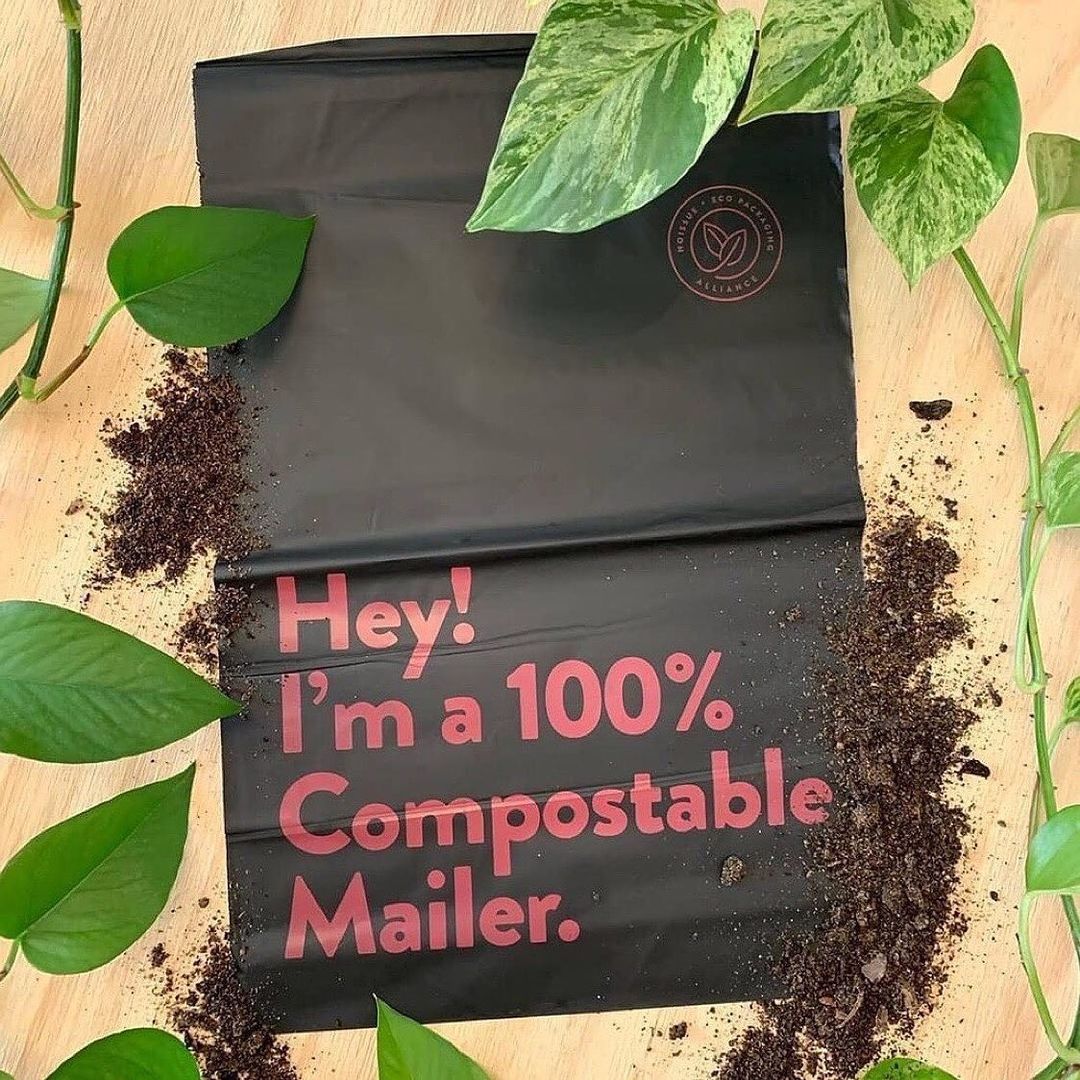What is compostable packaging?
Not sure which type of mailer is best for your brand? Here’s what your business should know about choosing between noissue Recycled, Kraft, and Compostable Mailers.
Compostable packaging is a type of packaging material that follows the principles of the circular economy.
Instead of the traditional ‘take-make-waste’ linear model used in commerce, compostable packaging is designed to be disposed of in a responsible way that has a lower impact on the planet.
While compostable packaging is a material many businesses and consumers are familiar with, there still some misunderstandings about this eco-friendly packaging alternative.
Are you thinking about using compostable packaging in your business? It pays to know as much as possible about this type of material so you can communicate with and educate customers on the right ways to dispose of it after use. In this guide, you’ll learn:
What bioplastics are
What packaging products can be composted
How paper and cardboard can be composted
The difference between biodegradable vs. compostable
How to talk about composting materials with confidence.
Let’s get into it!
What is compostable packaging?
Compostable packaging is packaging that will break down naturally when left in the right environment. Unlike traditional plastic packaging, it is made from organic materials that break down in a reasonable period of time and leave no toxic chemicals or harmful particles behind. Compostable packaging can be made from three types of materials: paper, cardboard or bioplastics.
Learn more about other types of circular packaging materials (recycled and reusable) here.
What are bioplastics?
Bioplastics are plastics that are bio-based (made from a renewable resource, like vegetables), biodegradable (able to break down naturally) or a combination of both. Bioplastics help to reduce our reliance on fossil fuels for plastic production and can be made from corn, soybeans, wood, used cooking oil, algae, sugarcane and more. One of the most commonly used bioplastics in packaging is PLA.
What is PLA?
PLA stands for polylactic acid. PLA is a compostable thermoplastic derived from plant extracts like cornstarch or sugarcane and is carbon-neutral, edible and biodegradable. It’s a more natural alternative to fossil fuels, but it’s also a virgin (new) material that has to be extracted from the environment. PLA disintegrates completely when it breaks down rather than crumbling into harmful micro-plastics.
PLA is made by growing a crop of plants, like corn, and then is broken down into starch, protein and fiber to create PLA. While this is a much less harmful extraction process than traditional plastic, which is created through fossil fuels, this is still resource-intensive and one criticism of PLA is it takes away land and plants that are used to feed people.
